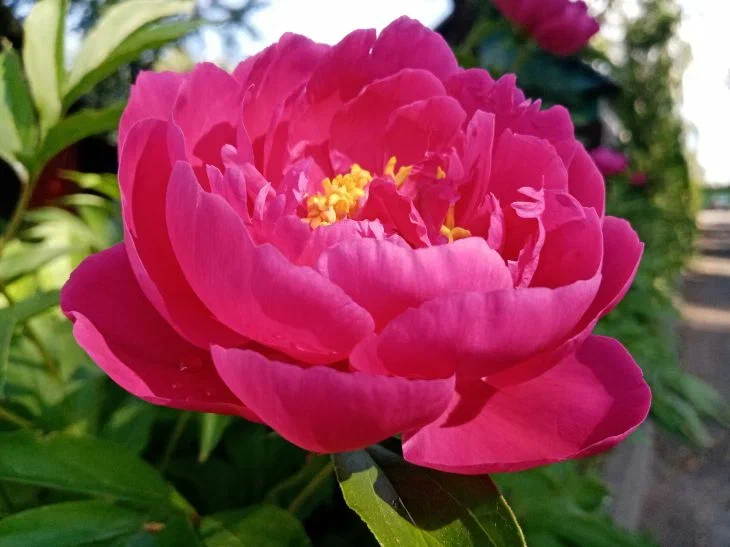Peonies can be called one of the most beautiful plants. However, peonies have one feature - they are demanding in care.
After flowering, it is necessary to perform several actions, says the expert of the online publication "BelNovosti", scientist-agronomist, landscape designer Anastasia Kovrizhnykh . Otherwise, the plants will gradually begin to die.
Removing faded flowers
The first thing to do after peonies have finished blooming is to remove the spent flowers. This not only improves the appearance of the plant, but also prevents the formation of seeds, which can weaken the plant.
To remove, use sharp garden shears or pruning shears to carefully cut off the spent flowers just below the first set of leaves. It is important not to damage the stems and leaves, as they continue to feed the plant until the end of the season.
Plant fertilizing
After flowering, peonies need additional nutrition to restore strength and prepare for winter.

Proper fertilizing will help strengthen the root system and provide the plants with the necessary nutrients. Phosphorus and potassium should be used for fertilizing. Nitrogen is unacceptable, since it is necessary to strengthen the plant, and not to increase the green mass.
Watering
Peonies need regular watering throughout the growing season, especially after flowering, when the active development of the root system begins.
Lack of moisture during this period can negatively affect flowering next year.
It is important to water so that water reaches the roots, but it is important to avoid overwatering, which can lead to root rot.
The optimal option is watering once a week, depending on weather conditions.
Mulching
After watering, it is recommended to mulch the soil around the peonies. This will help retain moisture, reduce the number of weeds and improve the soil structure. You can use the following as mulch:
- Compost.
- Straw.
- Crushed leaves.
Mulch is a simple but effective method.
Pruning and shaping bushes
Pruning peonies after flowering is an important stage of care that helps maintain the decorative appearance of plants and prevents the development of diseases.
Complete pruning of stems is carried out in late autumn, when the leaves begin to turn yellow and wither. It is necessary to cut the stems at a height of 10-15 cm from the ground level. This will help to avoid overwintering of pathogens and pests on the plant.
Earlier we told you how to save strawberries from a weevil invasion.









